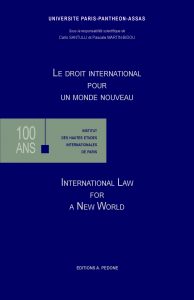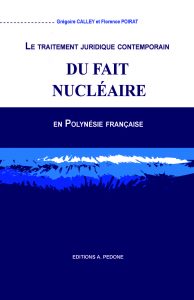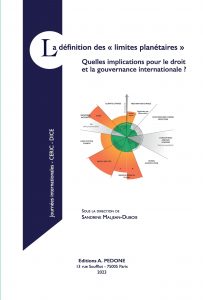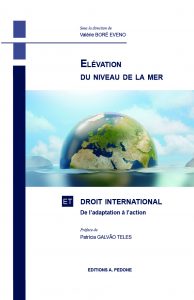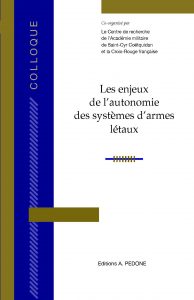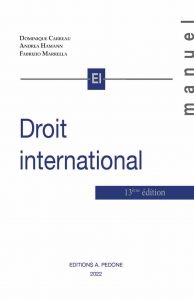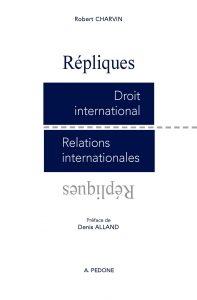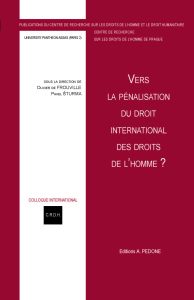Le droit international pour un monde nouveau
International Law for a New World
Sous la responsabilité scientifique de Carlo SANTULLI et Pascale MARTIN-BIDOU
Quatrième de couverture
Façonné par l’opposition entre les deux Blocs à l’issue du second conflit, l’« ordre mondial » a été profondément transformé par la « dislocation » de l’Union soviétique, voici un peu plus de trente ans. L’âge de la maturité, ou du déclin, du monde unipolaire hégémonique qui a suivi, coïncidait avec le centenaire de l’Institut des Hautes Etudes Internationales (I.H.E .I.) de Paris, établi sur les cendres de la première guerre. C’était l’occasion de repenser le droit international, et d’imaginer son avenir, dans l’incertitude face aux équilibres géopolitiques nouveaux qui se mettent en place.
Les sources du droit international, ses acteurs, ses techniques contentieuses et ses nouveaux défis sont passés en revue par un panel d’observateurs internationaux de haut niveau, universitaires et praticiens, pour placer le regard aussi haut et aussi loin que possible, afin de mieux comprendre le présent et l’avenir qui se construit. C’est l’indispensable fonction du droit international qui en ressort, et la permanence, la résistance, de ses techniques propres.
Shaped by the opposition between the two Blocs at the end of the Second World War, the “world order” has been deeply transformed through the “dislocation” of the Soviet Union, over thirty years ago. The age of maturity, or decline, of the following hegemonic
unipolar world coincided with the centenary of the Paris Institut des Hautes Etudes Internationales (I.H.E.I.), established on the ashes of the First War. It was an opportunity to rethink international law, and to imagine its future, in the uncertainty of the new geopolitical
balances that are being put in place.
The sources of international law, its actors, its litigation techniques and its new challenges are analyzed by a panel of high-level international observers, academics and practitioners, to place the gaze as high, and as far, as possible, in order to better understand
both the present and the future that is being built. The essential function of international law is what emerges, and the permanence, the resistance, of its peculiar techniques.






